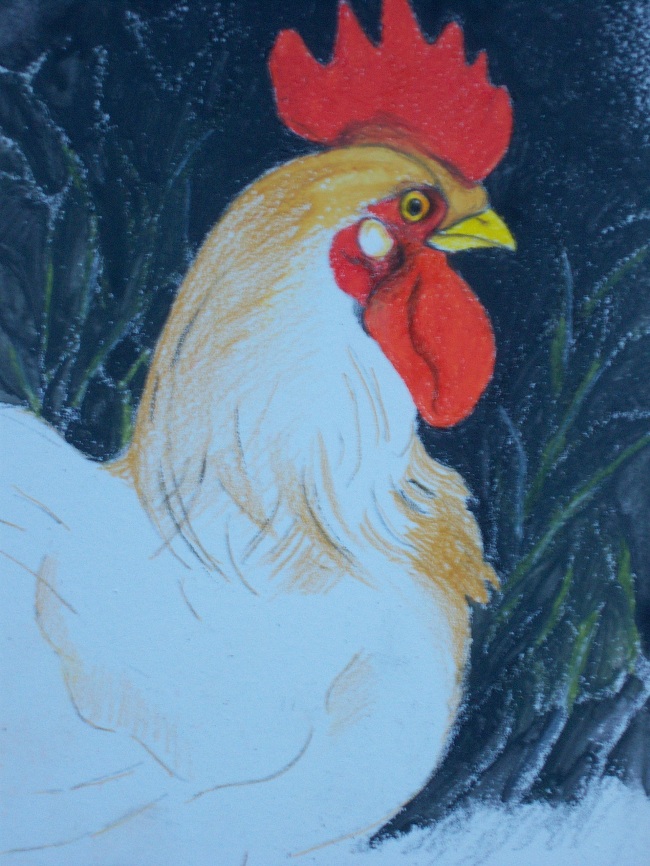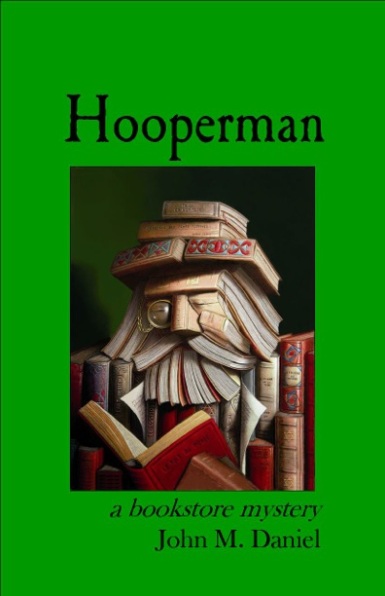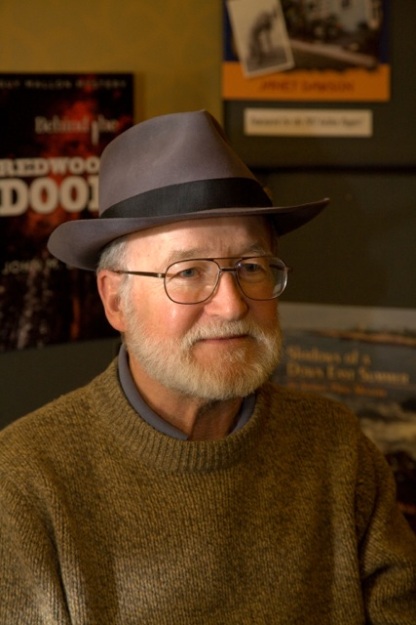The Art of Faking Exhibition Poultry, now there’s a title for you. I went on a search, one of my erratic repeated sniffings for the book I remember from my second grade days. It was a book my father owned because he was teaching agriculture and agronomy to classes in the Nigerian University. Brown buckram with a rectangular black spine block with the dropped out title Poultry Husbandry. That’s what I recall. That, and black and white photos of wonderful things like the different shapes of meat birds versus layers, the look of a healthy pullet versus one out of ‘condition’.
But memory, that marvelous tool, has deceived me about this book over the many decades since I last held it. Those of you who’ve read my brief bio here or on Amazon know that my first entry into the world of writing was my opus Chickens and Their Diseases, a classic cribbed copy plundering existing texts, back when I was the ripe age of seven, before I understood the word plagiarism. I’ve been searching through the pages of books on chickens for this old text of my father’s for a long time, and never found myself satisfied that I had indeed found it. Until today. On Amazon, for whatever concatenation of the planets, chance and favorable winds, I found not one but two copies of what looks like the book of my memory and now I must hold my peace and patience until a brown paper box arrives. Will the volume fall open as only an old used book can do, to my favorite page on the treatment of leg mites (you dip the bird’s legs in petroleum jelly)? Will the paper have the right musty chemical smell? Will memories wake? I’ll tell you when I know.
But I’ve led you away from the title I started with. The Art of Faking Exhibition Poultry caught my eye during my search, and my imagination too. Anyone who’s read Albert Payson Terhune’s collie books has knowledge of many sleazy tricks that the exhibitors of dogs have been known to use before the time of plastic surgery and steroids. But poultry — I hadn’t imagined a world of faking exhibition poultry. Now I have visions of carefully applied beet juice or maybe carmine from those little sap sucking cochineel bugs. I have imaginings of feathers delicately sewn to puff the fluff of scant poultry wings, thin filaments strengthening the rich play of feather against feather. What do you suppose the fakers get up to? Much more than baby powder sifted in between feathers.
I hope I haven’t inadvertently been encouraging these bad actors. I love chicken exhibitions, just ask my husband, and the kid. If there are chickens to see, I must see them. It’s one of those things. There are people who must charge into any shoe shop that their paths cross, and there are people who must ogle every poultry show. I don’t have great feet (though don’t tell my feet I said so; I have to live with them) so for me it’s the birds.
I will saunter down the aisle of cages, craning my neck after the little plump pullet and giving her that soft chortle of a conversational hen until she twists her head sideways in response. I’ll admire the neat little claws, the puffy leggings, the bright comb and alien reptilian eye. I wonder what she sees when she looks back. I will chuckle over spotting a strawberry or walnut comb, laugh in recognition of a Frizzle or a Silky, let my eyes dawdle over the smooth patterned slope of a Silver-Laced Wyandotte’s back. I am not super fond of the fighting cocks, but their extravagant legs and tiny bright faces make me think of aliens among us. And I will coo for a big Buff Orpington. They are really packed with muscle too — buff, you might say.
I have a patient family. But I think they try to avoid driving by County Fairs lest I start sniffing for feathers. It’s one of those things that’s hard to prove, but I need to keep an eye on them, an a watch on the road signs.
And you, my friends, don’t be deceived by the feather-stitcher, or the carmine smudger, or the hackle-dyer. Now that we know about this book on fakery– we’ve got their number. See you by the Buff Orpingtons– you’ll recognize me as the woman clutching a copy of The Art of Faking Exhibition Poultry.




